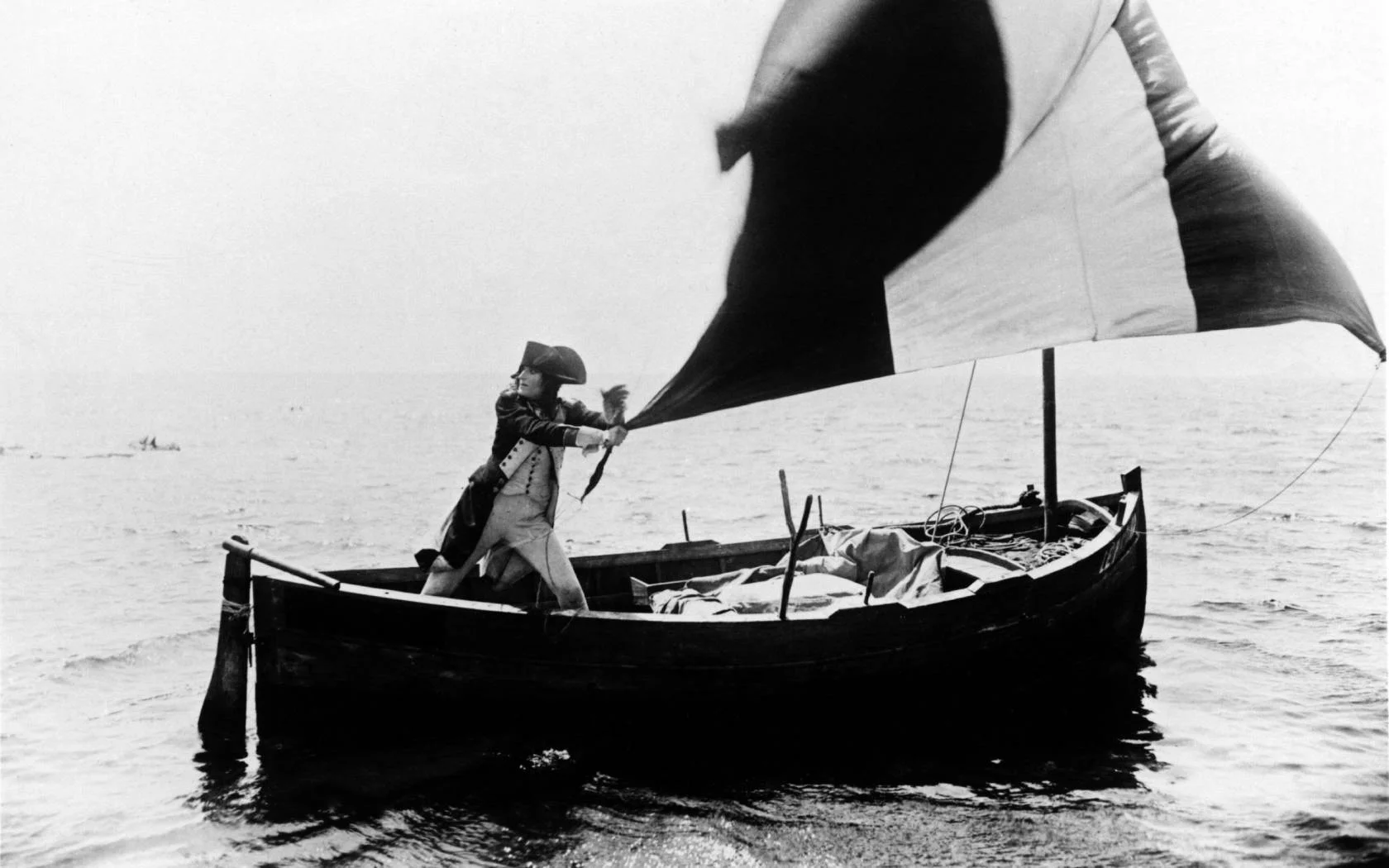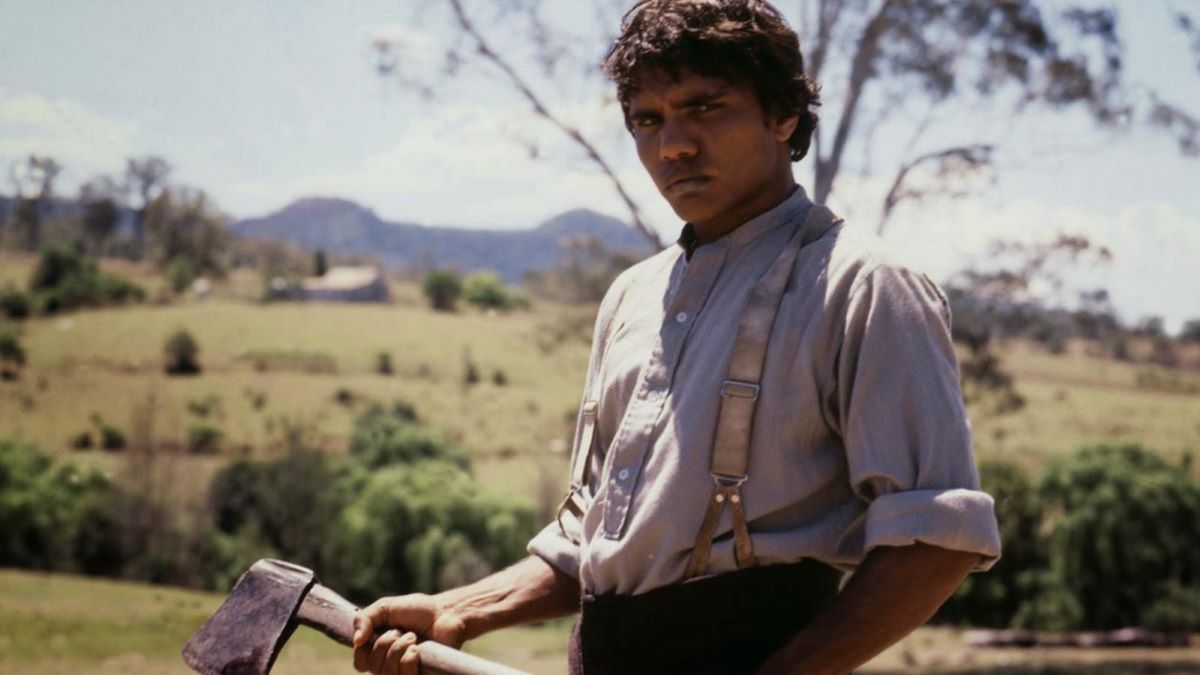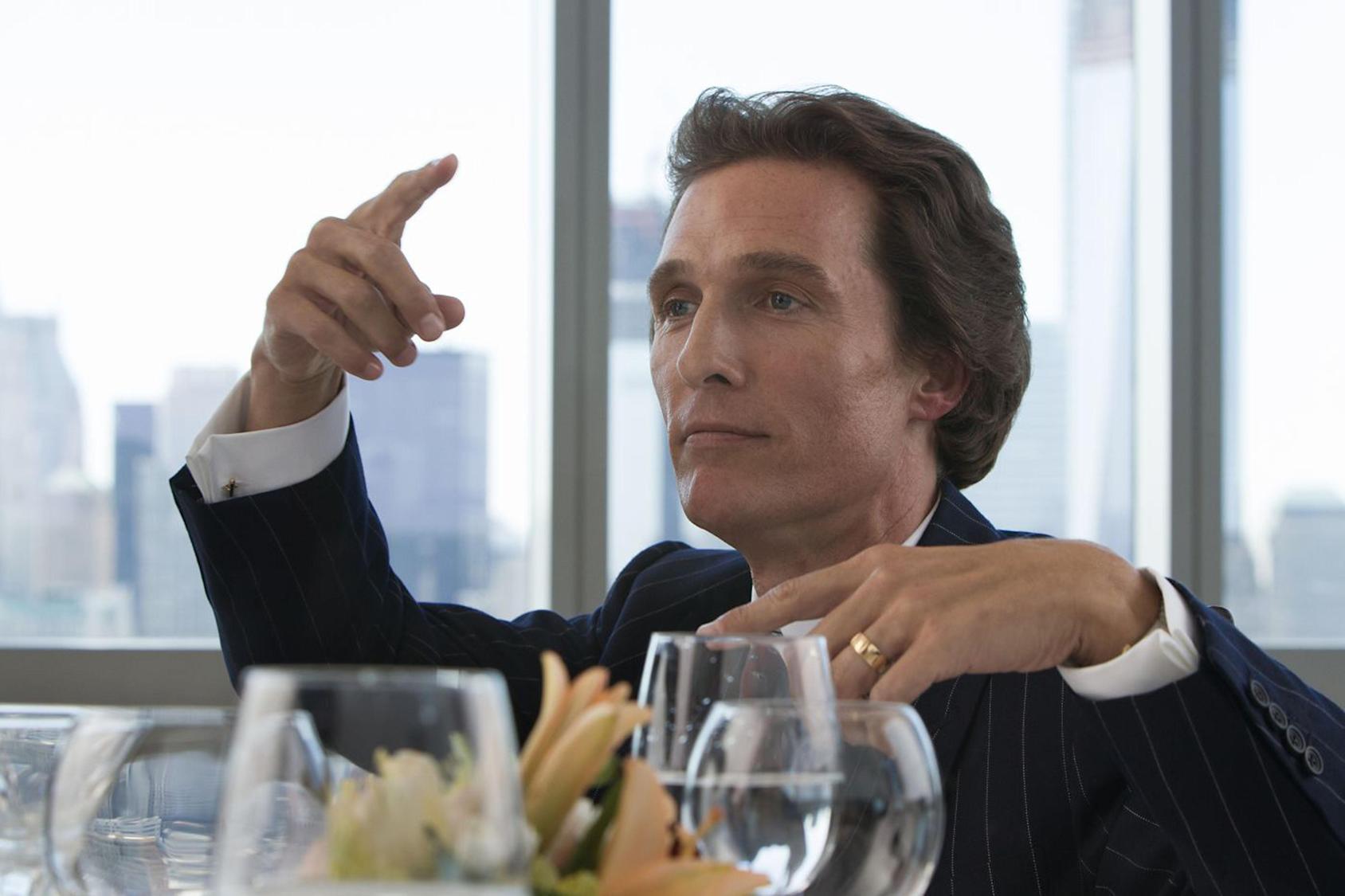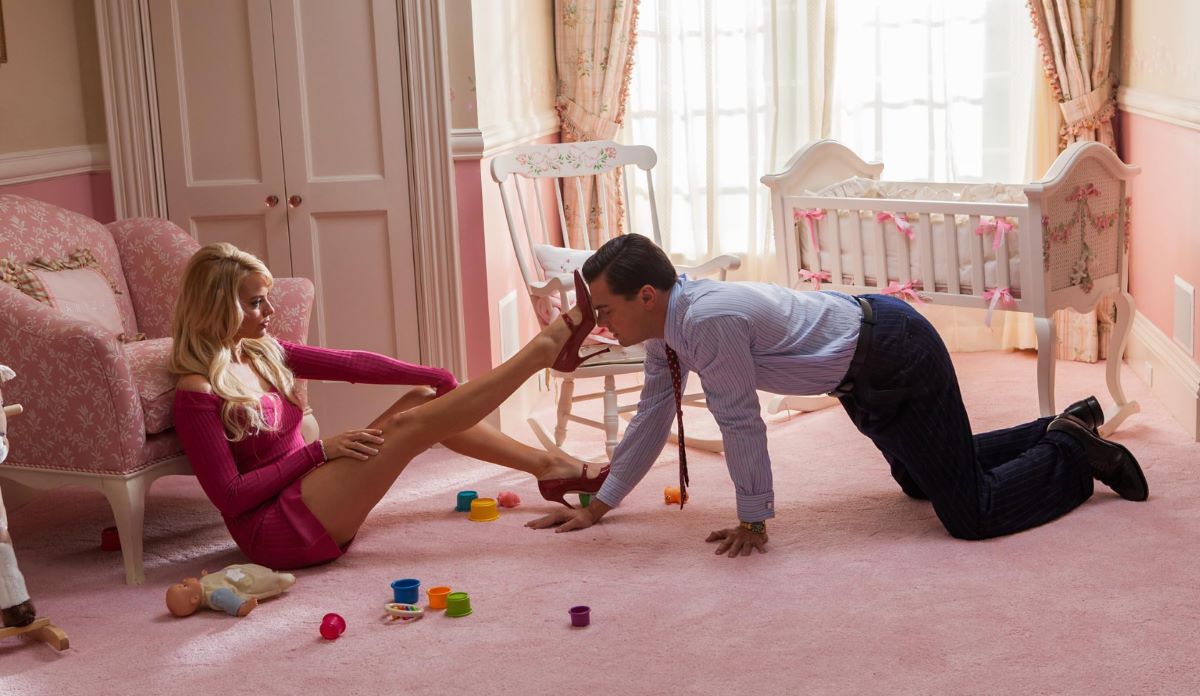by Pauline Kael
Robert De Niro’s Rupert Pupkin is Jake La Motta without his fists. In Raging Bull, De Niro and Scorsese had things boiled down, so that Jake’s entire character was the chip on his shoulder. This time there’s no chip. If De Niro, disfigured again here, has removed himself from comparison with other handsome young actors, it’s not because what he does now is more than acting. It’s less; it’s anti-acting. Performers such as John Barrymore and Orson Welles and Laurence Olivier have delighted in putting on beards and false noses, yet, no matter how heavy the disguise, they didn’t disappear; they still had spirit, and we could feel the pleasure that they took in playing foul, crookback monsters and misers—drawing us inside and revealing the terrors of the misshapen, the deluded. A great actor merges his soul with that of his characters—or, at least, gives us the illusion that he does. De Niro in disguise denies his characters a soul. It’s not merely that he hollows himself out and becomes Jake La Motta, or Des the priest in True Confessions, or Rupert Pupkin—he makes them hollow, too, and merges with the character’s emptiness.
In most of De Niro’s early performances—in Hi, Mom!, even in The Gang That Couldn’t Shoot Straight, and in Mean Streets, The Godfather, Part II, Taxi Driver, and New York, New York—there was bravura in his acting. You could feel the actor’s excitement shining through the character, and it made him exciting to watch. But, for all his virtuosity, his Monroe Stahr in The Last Tycoon was lifeless, and his Michael in The Deer Hunter heroic yet never quite human. And then he started turning himself into repugnant, flesh effigies of soulless characters. Rupert is chunky and thick-nosed, and he has a foul, greasy mustache; is it so De Niro can remove himself further from the character and condescend to him even physically? Rupert waves his arms when he talks; they work in pairs, as if he didn’t have the brains to move them independently of each other. De Niro cunningly puts in all the stupid little things that actors customarily leave out. It’s a studied performance; De Niro has learned to be a total fool. Big accomplishment! What De Niro is doing- might be based on the Warholian idea that the best parody of a thing is the thing itself.
Rupert doesn’t really talk to or listen to anyone else in the movie; whatever he’s doing, he’s always in rehearsal, trying out his new moves. Scorsese and De Niro close him in, just as Hal Ashby and Jerzy Kosinksi closed in the Peter Sellers character in that dim, prolonged one-joke satire Being There, and for the same purpose: to tell us that TV is making such fools of us that we 11 accept a moron—as a statesman in Being There, and as an entertainer in The King of Comedy. Sellers’ stillness, his unhappy expression, his stately misery in those itchy old clothes, and the Oriental-sage formality of his speech didn’t make much sense—how could these be the effects of a simpleton’s watching TV? But Sellers did create a solemnly dull character: a baffled, easily hurt, wanting-to-please moron. Pupkin is a nothing.
The New Yorker, March 7, 1983





1 thought on “About Robert De Niro in The King of Comedy – by Pauline Kael”
This is obviously well written, but totally misses the point of what De Niro was doing. A short sighted view.